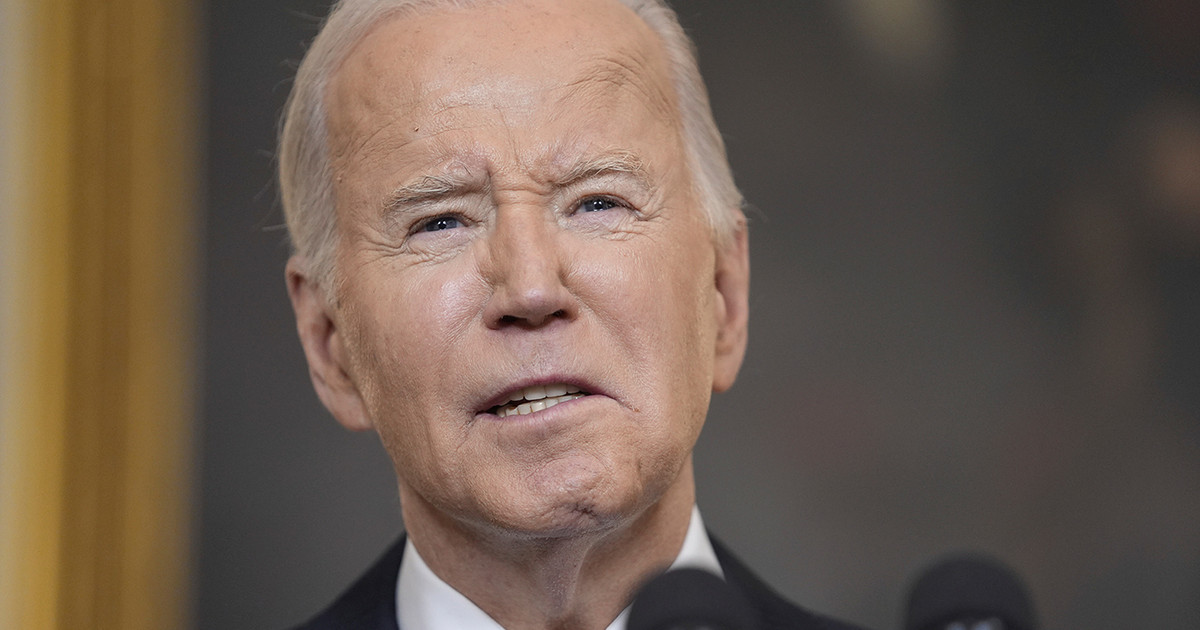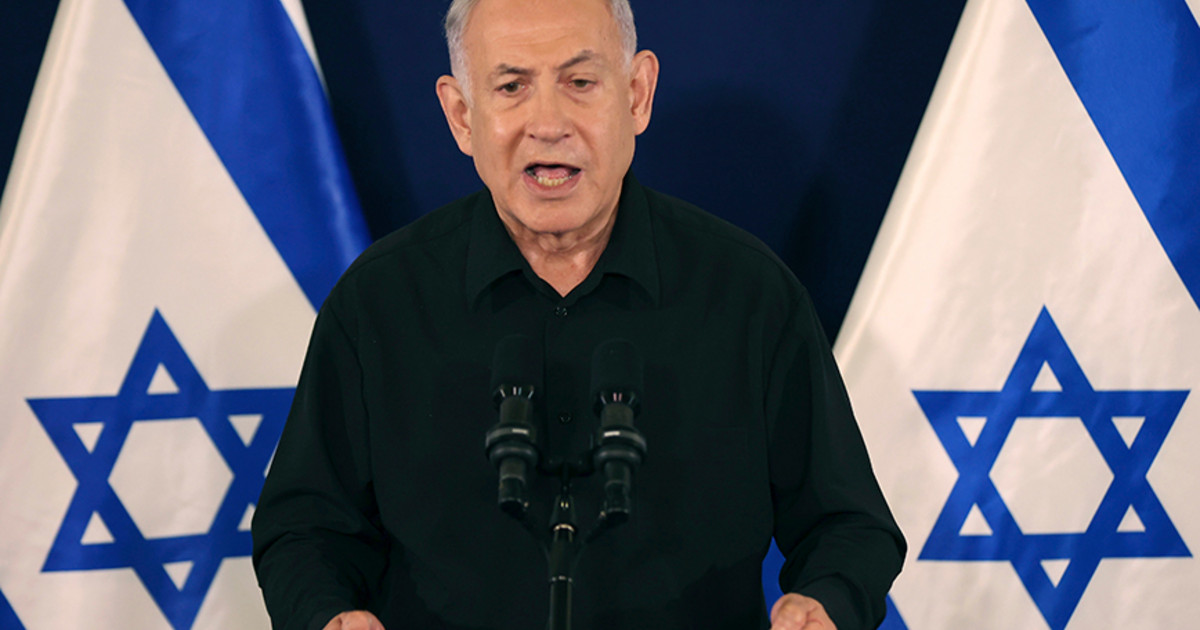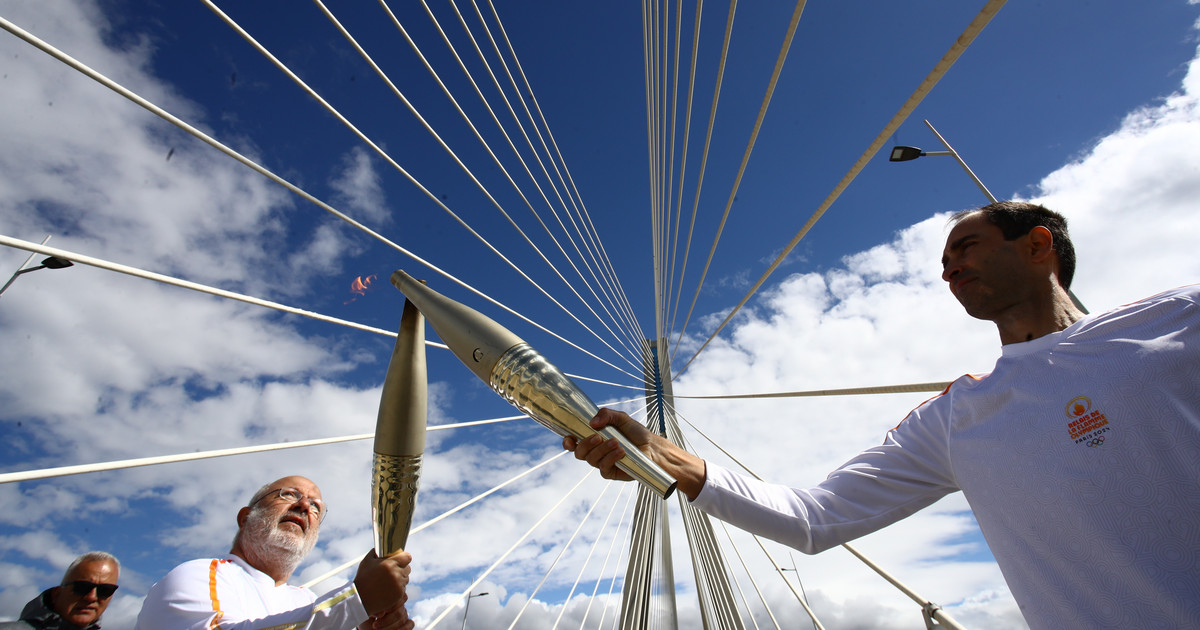The death toll in a 6.1 magnitude earthquake in Afghanistan on Wednesday reached 1,000, disaster management officials said, with more than 600 injured. These numbers are expected to increase as information comes in from remote mountain villages.
Local media photos show houses reduced to rubble and bodies wrapped in blankets on the ground. The number of people trapped under rubble and in outlying areas is not known, and rescue operations are carried out in difficult conditions, including heavy rains, landslides and many villages nestled in inaccessible areas on the slopes, health and aid workers said. humanitarian.
“Many people are still buried under the ground. Islamic Emirate rescue teams have arrived and, with the help of the local population, are trying to evacuate the dead and wounded,” a health worker at a hospital in Paktika province said, requesting anonymity as he was not authorized to speak to the media.
Mounting a rescue operation will be a major test for the Taliban’s Islamic authorities, who took control of the country last August after two decades of war and were cut off from much international assistance because of sanctions. The Taliban-led defense ministry is leading the rescue efforts.
Loretta Hieber Girardet of the United Nations (UN) disaster risk reduction office said that efforts to provide relief and save people trapped under the rubble would face enormous challenges due to terrain and weather.
“Roads are bad even at the best of times, so the implementation of a humanitarian operation will be immediately challenged by the lack of easy access to the area,” she said, adding that the rain combined with the tremor created an additional risk of landslides for the residents. humanitarian workers. The UN humanitarian office is sending health teams and providing medical supplies.
Interior Ministry official Salahuddin Ayubi said the death toll is likely to rise “as some of the villages are in remote areas in the mountains and it will take some time to collect details”.
Deadliest earthquake in 20 years
Wednesday’s earthquake was the deadliest in Afghanistan since 2002. It hit about 44 kilometers from the southeastern city of Khost, close to the Pakistani border, according to US Geological Survey (USGS) data.
The quake was felt by about 119 million people in Pakistan, Afghanistan and India, according to the European-Mediterranean Seismological Center (EMSC), but there were no immediate reports of damage or casualties in Pakistan.
The EMSC put the magnitude of the earthquake at 6.1, although the USGC said it was 5.9.
Disaster experts and aid workers said the impoverished mountainous areas hit by the earthquake were especially vulnerable, with landslides and poorly constructed homes adding to the widespread destruction.
“We were all sleeping at home… and the room fell on us,” Gul Faraz reported while receiving treatment with his wife and children at a hospital in Paktika. Some family members were killed, he added.
“All the houses in our area were destroyed, not one, but the entire region was destroyed,” he said.
Most of the confirmed deaths occurred in the eastern province of Paktika, where 255 people died and more than 200 were injured, Ayubi said. In Khost province, 25 died and 90 were taken to hospital.
In addition to the challenge for Afghan authorities, there have been recent floods in many regions, which have blocked stretches of roads.
Afghanistan is also facing a serious economic crisis. In response to the Taliban takeover last year, many countries imposed sanctions on Afghanistan’s banking sector and cut billions of dollars in development aid.
Humanitarian aid continued, however, from international agencies such as the United Nations. A Foreign Ministry spokesperson noted that the Taliban would welcome international assistance.
US President Joe Biden has directed the US Agency for International Development and other federal government partners to assess response options, the White House said.
For his part, UN Secretary-General Antonio Guterres said the UN is fully mobilized, assessing needs and providing initial support.
“We are counting on the international community to help support the hundreds of families affected by this latest disaster. Now is the time for solidarity,” she assessed.
Large parts of South Asia are seismically active due to tectonics — known as the Indian plate — pushing the Eurasian plate northward.
In 2015, an earthquake struck remote northeast Afghanistan, killing several hundred people in the country and nearby northern Pakistan.
Source: CNN Brasil






